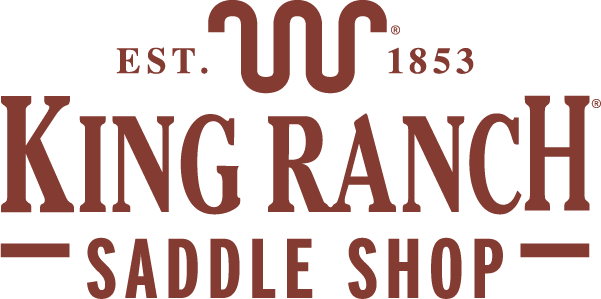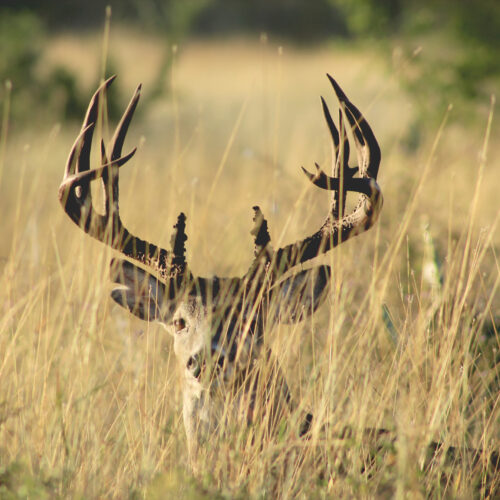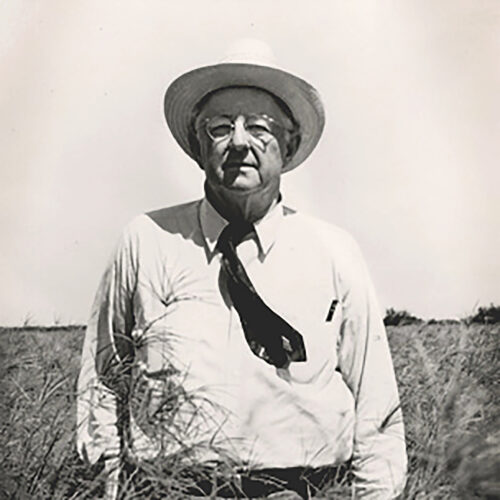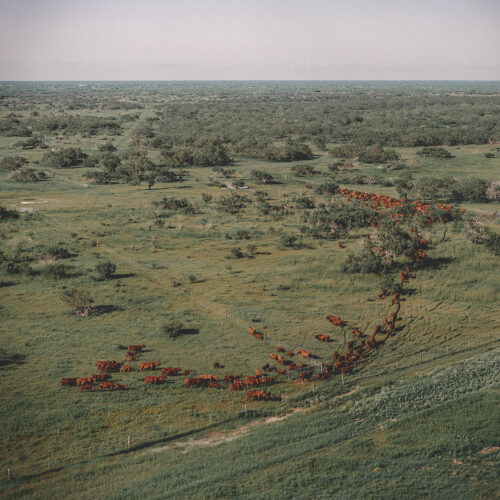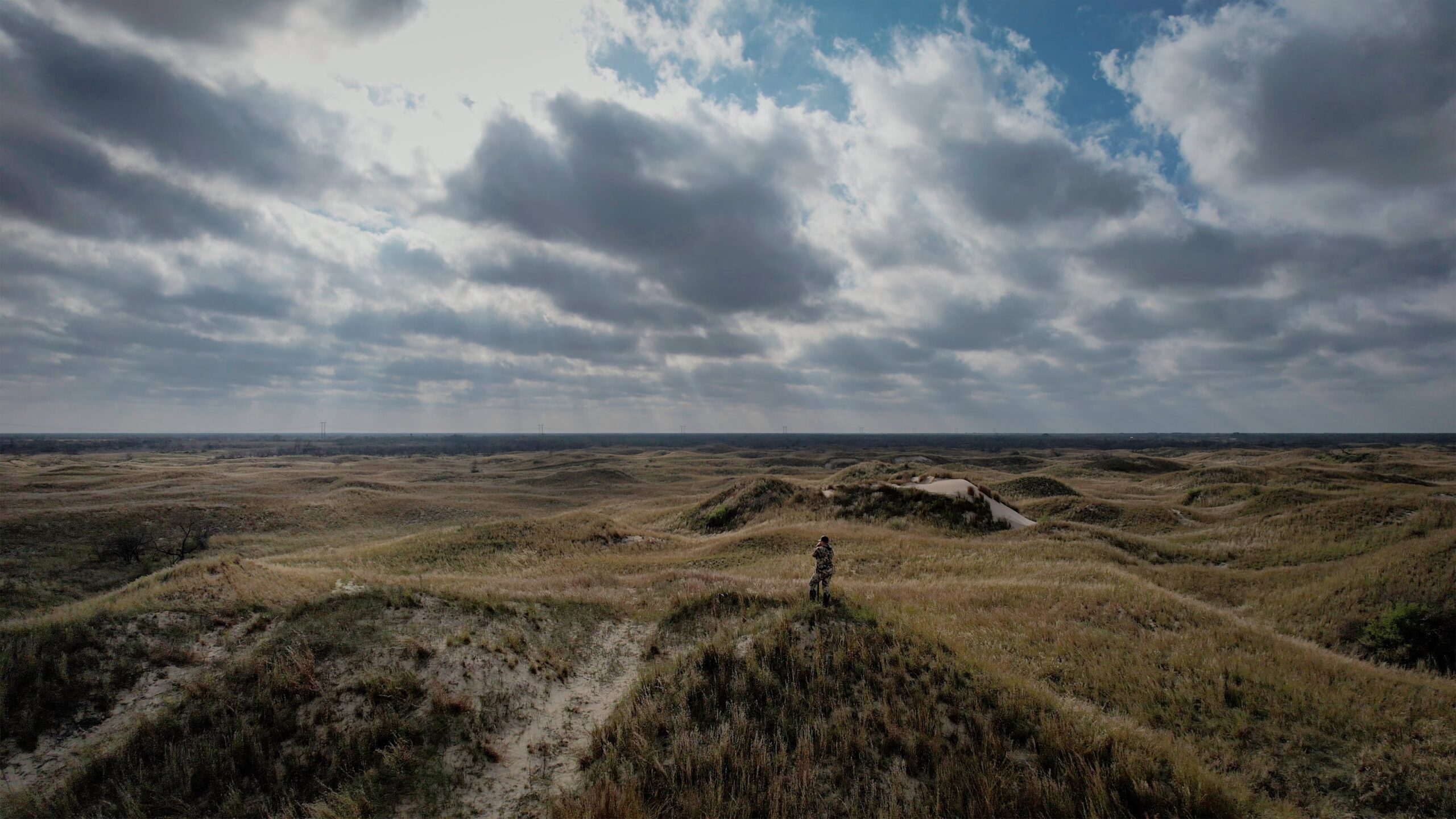
1853 was a good year for us. Captain Richard King was crossing the Wild Horse Desert of South Texas—an inhospitable landscape to most—and found respite in a shady spot alongside Santa Gertrudis Creek. Having a sharp mind and a strong back, King saw the hidden value of the land’s renewable resource, grass, and scaled subsistence cattle ranching into what would become a global enterprise. Over time King Ranch grew to 825,000 acres, a collection of four divisions known for their unique features and ecosystems. The Santa Gertrudis Division is famous for the cattle breed of the same name, as well as the line of quarter horses developed to work them. The Laureles Division is famous for the farming operations that grow and gin some of the finest cotton in the world. Don’t tell anybody, but it’s also known for some pretty good fishing. The Norias Division’s fame is that of a truly wild place, perhaps one of the last of its kind.
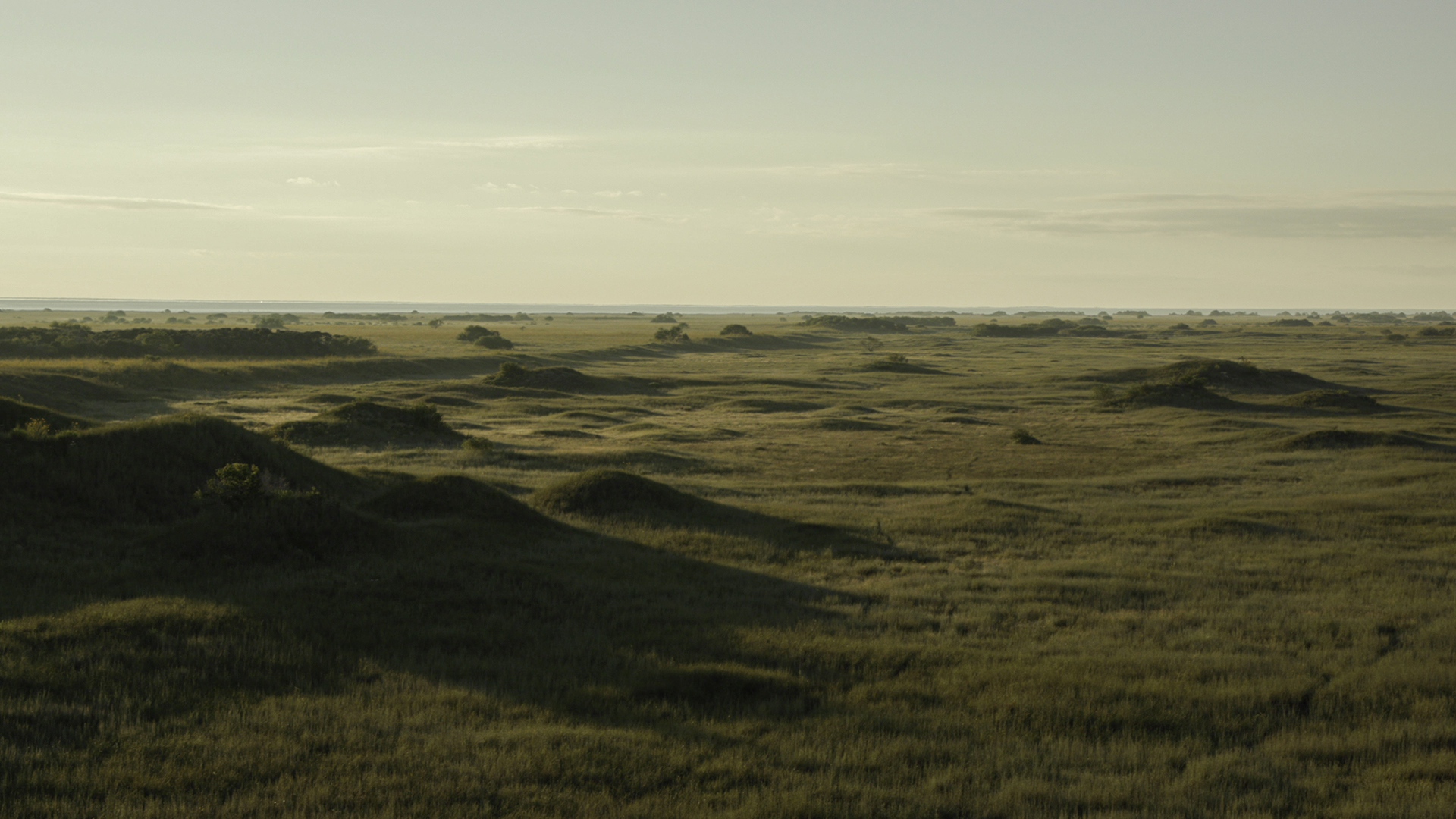
SET THE STANDARD FOR WILDLIFE CONSERVATION EFFORTS ACROSS TEXAS AND THE COUNTRY.
Beyond ranching and farming, King Ranch is known for stewardship. A family can’t assemble and preserve this much land without thoughtful, purposeful planning and action. We were pioneers in land stewardship and conservation, notably under the direction of Caesar Kleberg, whose game management initiatives at the Norias Division and 20-year tenure on what would become the Texas Parks and Wildlife Commission set the standard for wildlife conservation efforts across Texas and the country. Among other achievements, federal hunting regulations and limits originated on the ranch. The whitetail deer genetics and meticulous survey data we’ve cultivated are almost as highly coveted as that of our world-class quarter horses. His legacy and passion live on through the Caesar Kleberg Wildlife Research Institute in Kingsville, TX, which studies land and wildlife management techniques.
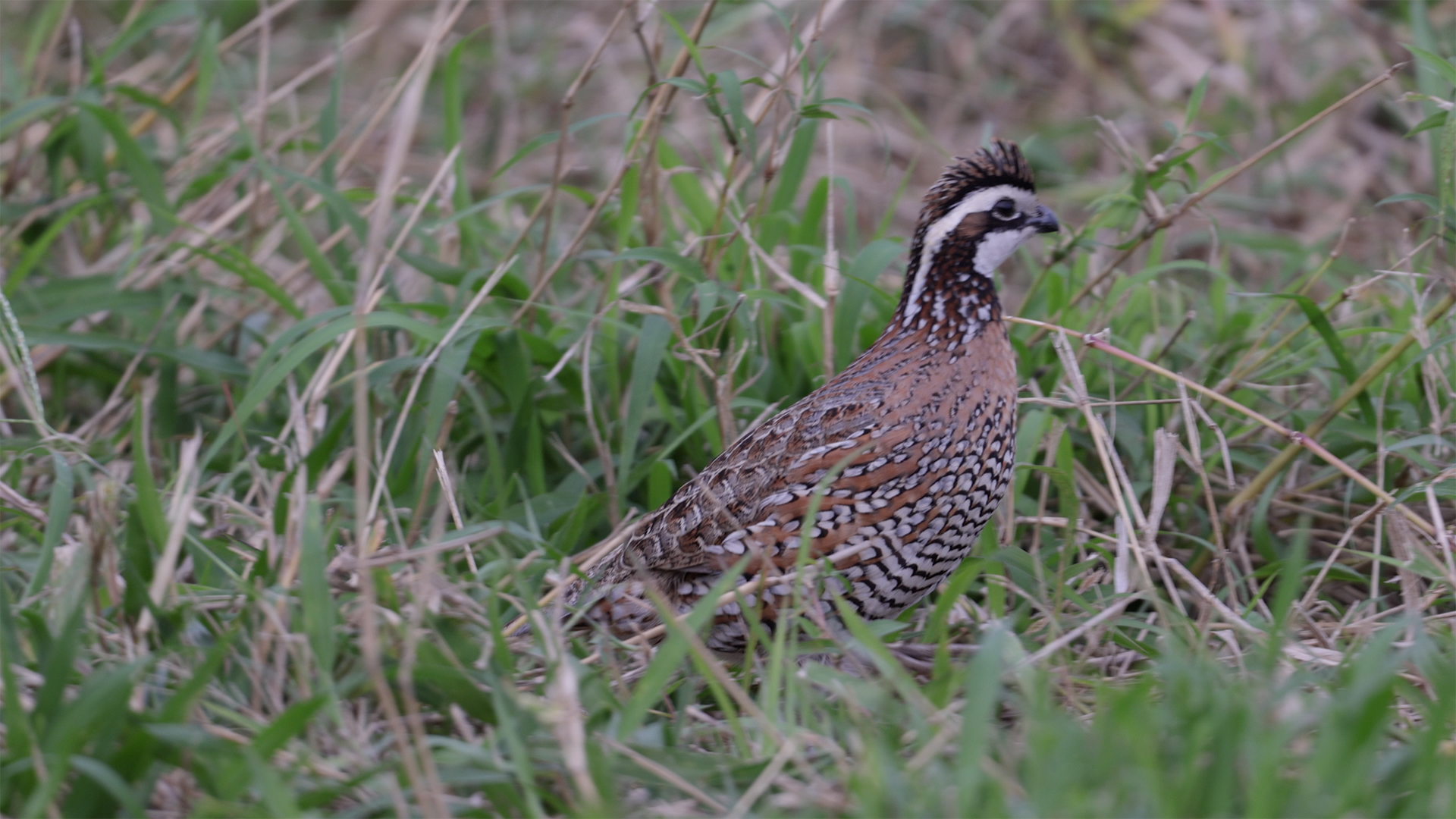
The Norias Division is living proof that thoughtful, targeted conservation efforts are paramount for improving habitat for many species. It’s not always easy, though. Single purpose management can be a difficult and expensive path for landowners, especially those whose livelihoods depend on the land. Cattle ranchers, for example, have historically found their incentives to be at odds with wildlife conservation, and the same has been true with row crop agriculture. King Ranch exemplifies the responsible steward in many ways, including the work we do to renew and restore wildlife habitat.
KING RANCH HAS WELCOMED RESPONSIBLE SPORTSMEN FOR GENERATIONS.
In celebration of this legacy of extraordinary conservation efforts, King Ranch has welcomed responsible sportsmen for generations. These men and women’s love of the outdoors is made all the more profound by the custodial experience of the most hospitable of hostile landscapes. The terrain is ever-changing, from rolling coastal plains to scrub oak thickets that open up into sand dunes that give way to incredible views of Baffin Bay and the Gulf of Mexico beyond. This diversity provides ideal habitat for the Rio Grande subspecies of the wild turkey, whitetail deer, javelina, nilgai, and waterbuck. Beyond the game species, the number of songbirds—green jay and orioles among them—and raptors afield make King Ranch a compelling destination for birders and other wildlife enthusiasts who prefer to chase with a pair of binoculars and a quick trigger finger on the camera shutter.
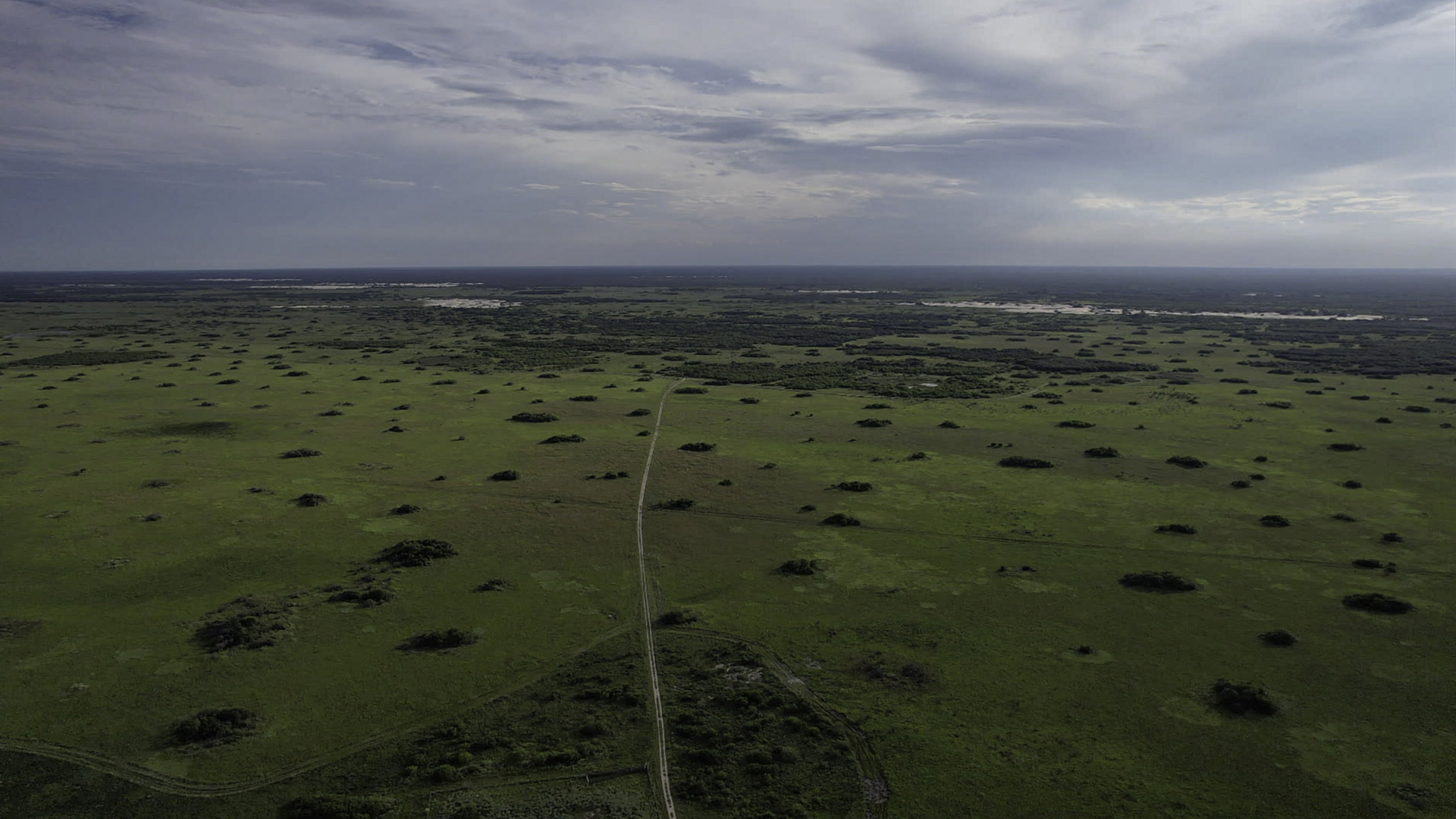
King Ranch is a mythical landscape with an epic tale to share.
